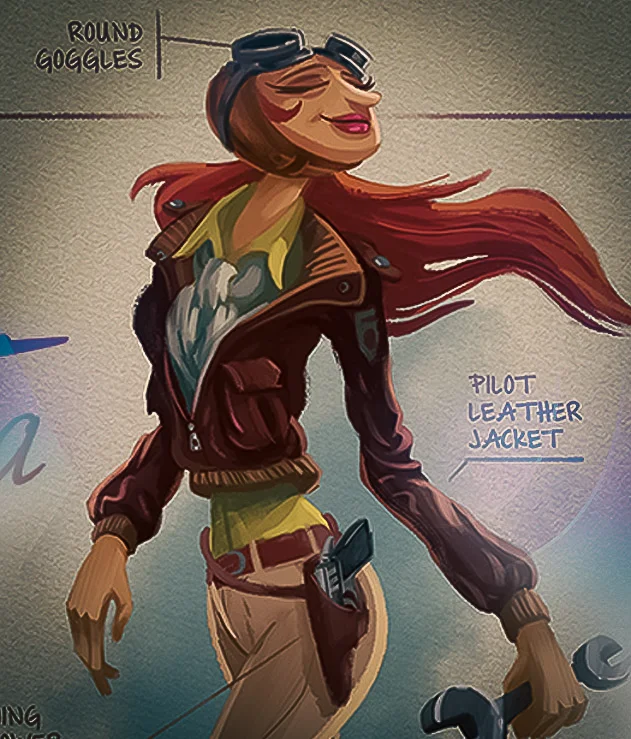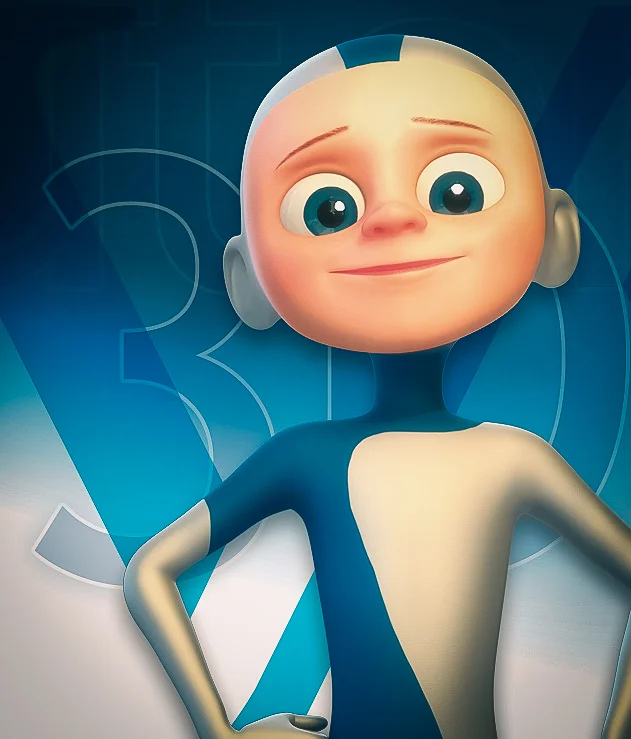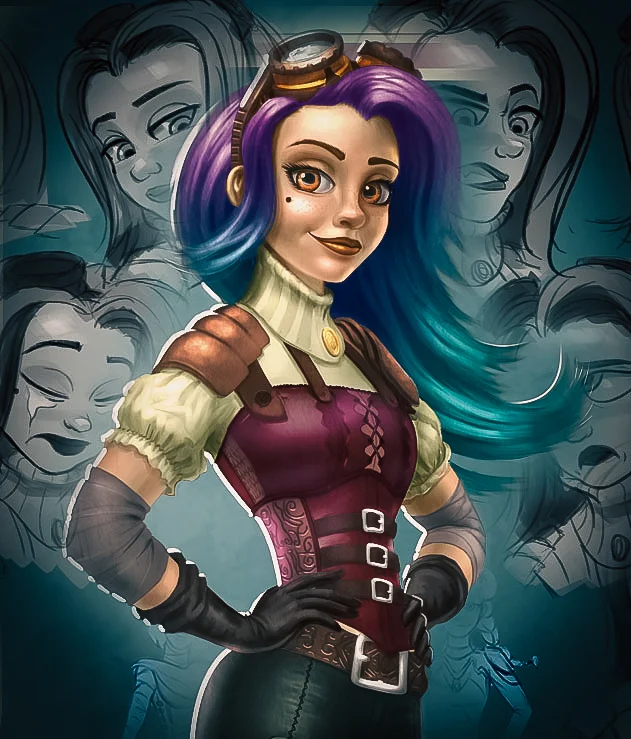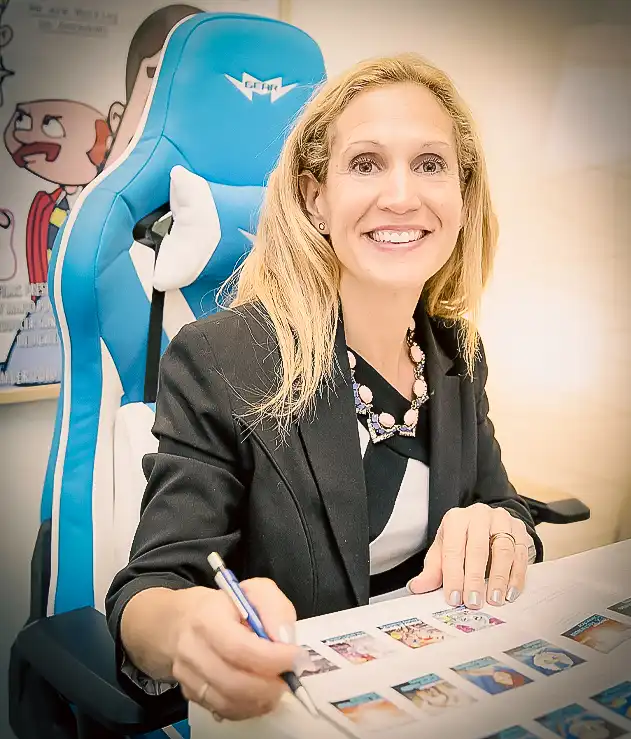 Image: VinkFan (Motion Array)
Image: VinkFan (Motion Array)
Author: VANAS Team
How to Create a Movie Franchise
If you’ve ever watched a movie and thought, “Wow, I wish there was more of this story,” you’re not alone. Movie franchises give us that chance to dive deeper into worlds we love. From thrilling adventures like How to Train Your Dragon to classic hits like The Simpsons, franchises have a way of pulling us back again and again. But have you ever wondered how these movie franchises start? What makes a franchise famous and long-lasting? This article will break down how movie franchises are made, with a focus on animation — one of the coolest ways to tell stories on screen.
Remember, if you’re passionate about Animation and want to learn the skills to create your own movie or game, VANAS Online Animation School offers Animation, Visual Effects, and Video Game programs. To launch your career, visit https://www.vanas.ca
Table of Contents
- What is a Movie Franchise?
- Why Do Animated Franchises Matter?
- The Building Blocks of a Successful Animated Franchise
- Creating Characters That Stick
- Developing a Strong Storyline
- Expanding the Franchise Beyond Movies
- Famous Animated Franchises and What We Can Learn From Them
- Steps to Start Your Own Animation Franchise
- Tips for Aspiring Animators
- Frequently Asked Questions
What is a Movie Franchise?
A movie franchise is a series of movies connected by the same story, characters, or world. Think of it like your favorite video game series where each game continues the adventure. In movies, a franchise can start with one film and then grow into several sequels, spin-offs, or even TV shows. For example, How to Train Your Dragon started as a single animated movie but later grew into sequels, TV series, books, and merchandise.
Franchises are important because they keep audiences hooked. When people love the characters or story, they want more. This leads to higher ticket sales, merchandise, and other products connected to the franchise. For animation, franchises offer endless creative possibilities because the art and characters can evolve in new ways with each release.
Why Do Animated Franchises Matter?
Animation is a unique form of storytelling. Unlike live-action movies, animated films allow creators to build worlds limited only by imagination. This freedom lets franchises grow in exciting directions. Animated franchises like The Simpsons have lasted for decades, thanks to their ability to connect with audiences of all ages.
An animated franchise can create emotional connections, teach life lessons, and entertain in ways that live-action movies sometimes can’t. For teenagers interested in storytelling, animation is a powerful tool because you can shape every element — from how characters look to how the world behaves.
The Building Blocks of a Successful Animated Franchise
Starting a movie franchise isn’t just about making one good movie. It requires planning, creativity, and a vision that extends beyond a single film. Here are the main parts that build a strong franchise:
- Unique Characters: Characters are the heart of any franchise. People remember and care about heroes, villains, and sidekicks. The best franchises have characters that feel real and relatable.
- Compelling Story: The story needs to be interesting and leave room for more. A good plot keeps audiences wanting to see what happens next.
- Strong World: The setting should be rich and detailed, a place where stories can keep unfolding.
- Emotional Connection: Viewers should feel something — whether it’s excitement, laughter, or tears.
- Opportunities to Expand: A franchise grows when it expands into games, TV shows, books, or merchandise.
Animation is the art of creating life from nothing but imagination, said Walt Disney, who created one of the most famous animated franchises in the world.
Creating Characters That Stick
Characters are like your friends in a story. When you care about them, you’ll want to follow their journey through multiple movies. To create memorable characters:
- Give them clear goals and motivations. Why are they on this adventure? What do they want?
- Add flaws to make them relatable. No one’s perfect, and flaws make characters feel real.
- Develop unique personalities and appearances. Think of how Shrek’s grumpy but lovable personality stands out.
- Allow characters to grow and change. This makes their story exciting.
For example, the How to Train Your Dragon franchise created Hiccup, a shy but brave boy who learns to connect with dragons. This character development kept fans interested through multiple movies and TV shows.
Developing a Strong Storyline
A single movie tells a complete story, but a franchise needs a bigger plan. Each movie should have its own plot while adding to the larger story. Some tips for a strong storyline:
- Introduce mysteries or questions in one movie that can be answered later.
- Include conflicts that grow with each sequel.
- Balance action, humor, and emotional moments.
- End movies with a cliffhanger or open-ended conclusion to keep fans guessing.
Storytelling is the most powerful way to put ideas into the world
Expanding the Franchise Beyond Movies
Movies are just the beginning. Successful franchises grow by reaching audiences in other ways:
- TV Shows: Like The Simpsons, which turned into one of the longest-running animated TV series.
- Video Games: Let fans interact with the story, like in How to Train Your Dragon games.
- Merchandise: Toys, clothing, and collectibles help fans feel connected.
- Books and Comics: Expand the story world with new adventures.
- Theme Parks and Events: Create real-life experiences.
Expanding a franchise means reaching fans wherever they are and keeping the excitement alive.
Famous Animated Franchises and What We Can Learn From Them
Looking at famous franchises helps us understand what works:
- How to Train Your Dragon: Combines strong characters, emotional storytelling, and a rich fantasy world. It grew from movies into TV series and games.
- The Simpsons: A mix of humor, social commentary, and unique characters made this TV show a cultural icon for decades.
- Mission Impossible (Animated spin-offs): Shows how franchises can branch out in new formats while keeping the core story.
- Toy Story: Introduced lovable toys with human emotions, leading to sequels, shorts, and merchandise.
What these franchises have in common is the power of Animation to bring stories and characters to life in ways that feel fresh and meaningful over time.
Steps to Start Your Own Animation Franchise
Want to create your own animated franchise? Here’s a simple guide to get you started:
- Find Your Story Idea: Think about a story you want to tell that could grow over time.
- Design Memorable Characters: Create characters with unique looks and personalities.
- Build Your World: Develop a setting that fits your story and offers lots of possibilities.
- Write Your Script: Plan your movie’s story with clear goals, conflicts, and emotional moments.
- Create Your Animation: Use tools or work with others to bring your characters and story to life.
- Share Your Work: Show your movie to friends, family, or online to get feedback.
- Plan for More: Think about how your story could continue in sequels, games, or TV shows.
Animation allows you to bring your ideas to life, no matter how wild or creative. Every big franchise started with a single idea.
Tips for Aspiring Animators
If you want to work in animation and create your own franchise one day, here are some helpful tips:
- Practice Drawing and Storytelling: Good animation starts with strong art and stories.
- Learn Animation Software: Programs like Toon Boom, Blender, or Adobe Animate are popular.
- Study Famous Franchises: Watch movies and shows critically to understand what makes them work.
- Collaborate with Others: Animation is often a team effort, so practice working with writers, artists, and voice actors.
- Keep Improving: Animation takes time and patience. Every project is a chance to get better.
- Stay Curious: Explore different styles and techniques to find your unique voice.
Animation is not just about making pictures move; it’s about telling stories that connect with people.
Frequently Asked Questions
How do movie franchises make money?
- Movie franchises make money not only from ticket sales but also from merchandise, video games, TV shows, and other products related to the franchise. Expanding into different areas helps keep fans engaged and creates multiple income streams.
Why are animated franchises popular with teens?
- Animated franchises often mix humor, adventure, and emotional moments that appeal to teens. Plus, animation lets creators explore imaginative worlds and characters that feel relatable and inspiring.
Can anyone create an animated franchise?
- Yes! Anyone with creativity and dedication can start an animated franchise. It takes time, skill, and a clear vision, but resources like online courses and animation software make it easier than ever.
What makes a character memorable?
- Characters who have clear goals, unique personalities, and realistic flaws tend to be memorable. When audiences see themselves in characters or feel connected to their journey, those characters stick with them.
How long does it take to create an animated movie?
- Creating an animated movie can take months or even years, depending on the complexity. It involves story development, character design, animation, voice acting, and editing.
VANAS Online Animation School offers Animation, Visual Effects, and Video Game programs. To launch your career, visit https://www.vanas.ca
Animation is a powerful way to bring stories to life and build worlds that can capture the hearts of millions. Whether you dream of creating the next big movie franchise or just want to learn the magic behind the scenes, animation opens endless doors. Start learning today and maybe one day your story will be the next big franchise loved by teens around the world.







